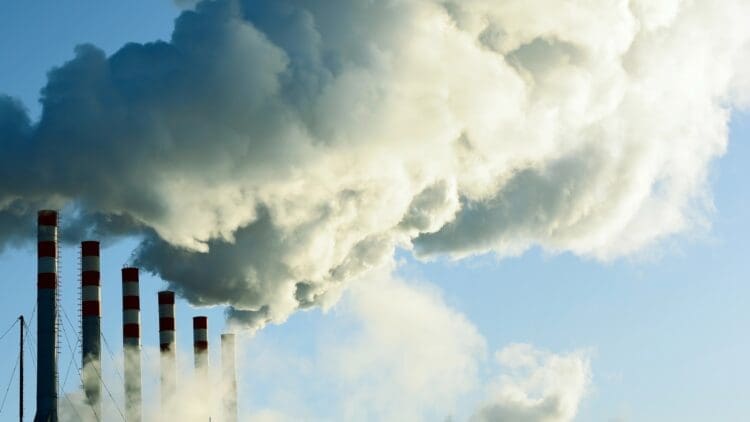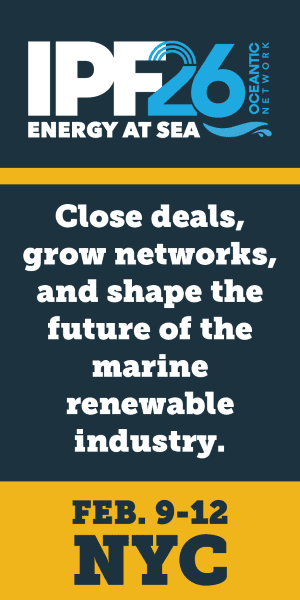A new study compiled by a team of researchers has found that the Curtis Bay coal terminal, owned and operated by the CSX Corporation, is responsible for a large amount of soot in the Baltimore region. Since the Industrial Revolution, the world has seen an increase in respiratory and other diseases in and around the regions where coal mining takes place. And a new study co-authored by the Johns Hopkins Bloomberg School of Public Health and South Baltimore community members has pointed to the nearby coal mine as the main party responsible for the increased levels of soot.
Despite mitigation efforts, the soot in the area has reached alarming levels
Any time a company or mining site begins operations, certain mitigating efforts need to be put in place to avoid or at least minimize the environmental and community impacts that operating such a large coal mine brings. The site has been operating for an exceedingly long time, first starting up in 1882, and is an extremely large coal storage site that delivers coal to India and several Northern European countries.
The recent study comes after decades of complaints from the community in the region, in particular the residential area just west of the site, and a recent explosion at the site forced the company to reevaluate the mitigation efforts put in place, not to mention ramped up pressure by the federal government. The study has found several key factors that have affected the region’s levels of soot, which have become a health hazard for the local residents.
“To prove the role of coal dust, we had to answer rigorous questions,. When is there dust? Where did it come from? What direction does the wind blow? How big are the pollutant particles? How long do they last in the atmosphere and how far can they travel? To prove that the dust was coming from the coal terminal, we had to carefully track wind direction and bulldozer movement across the area.” – study co-author Russell Dickerson, a professor of atmospheric and oceanic science at UMD
The study has found that wind and bulldozers are to blame for the levels of soot
The neighborhood in question is surrounded by heavy industrial activity and diesel truck, train, and ship traffic, which has increased the levels of air pollution in the area. The study found that increased levels of soot were found when there was bulldozer activity and high winds in the area. The effects of our unmitigated expansion of the market are now coming into focus. The study found these results by setting up air-pollutant monitors in and around Curtis Bay, and a camera in view of the terminal to monitor bulldozer activity.
“Curtis Bay residents have reported for years that they observe black dust that accumulates at their homes and in the community and they attribute this to coal dust. The approach we used in this study revealed that the coal terminal is a significant driver of air pollution burdens in this community.” – study senior author Christopher D. Heaney, PhD, MS, associate professor in the Department of Environmental Health and Engineering at the Bloomberg School.
What recourse do the residents have to force the site to make significant changes
Well, in that regard, not much. The study’s findings are troubling, but other than submitting an official complaint to the federal government, there is not much they can do to stop the site from operating. One questions whether implementing an automation protocol may have an impact. The company has implemented a wind fence and a wetting system for suppressing coal dust, but that seems to have little to no effect, and the levels are continuing to rise. Will the federal government step in?





